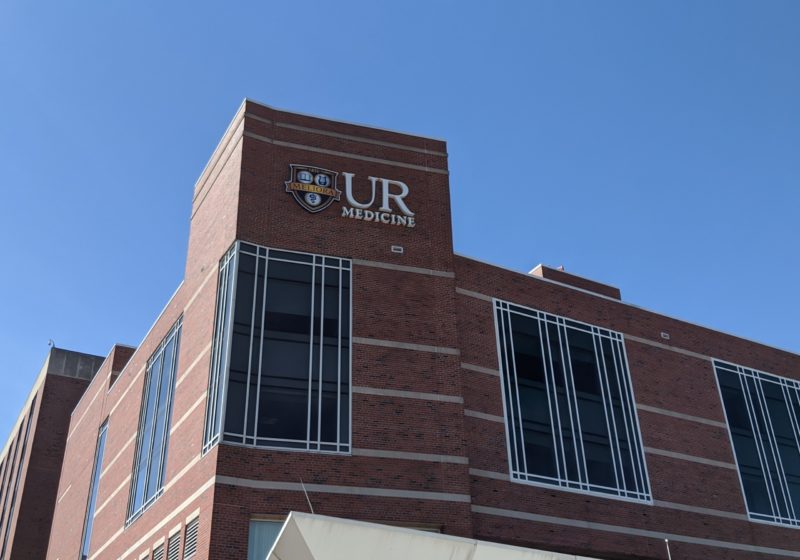A team at UR has developed an online program to screen URMC healthcare workers for COVID-19.
ROC COVID has been a project of the UR Health Lab — a group of software developers, data scientists, and professors — since COVID-19’s appearance.
An offshoot of the Dr. Chatbot software which has been used by UR since mid-March to determine whether UR Medical Center workers are healthy enough to go to work, ROC COVID is used specifically to screen for COVID-19. By asking questions related to the disease’s symptoms, the tool tells the user whether they potentially have COVID-19.
If the user is screened positive, they are given a list of options ranging from calling their supervisor to calling employee health, which will then set the employee up with health care resources.
For employees working at the UR Medical Center, ROC COVID uses the human resources database to give employees their own unique ID. Employees can log in once a day through a link sent to their emails.
Dr. David Mitten, director of the UR Health Lab and professor of orthopedics and biomedical engineering, said the main question and purpose going forward was to track symptoms and outbreaks in Rochester, as well as to have employees know whether to come to work.
ROC COVID was originally intended to reduce the number of calls to the Urgent Care Center and the ER Department, by addressing the concerns of patients and others in the Rochester community.
Concerns soon arose regarding Medical Center employees’ vulnerability and potential symptoms. Because of this, the UR Health Lab built an adaptation of the employee version of ROC COVID the week after it went live the weekend of March 11.
Initially, the health of employees working in the Medical Center was tracked by phone calls from employees and paper records of absences. But electronic surveys were already used in outpatient clinics to record information for patients. With this system already in place, the team just needed to adapt it to track COVID-19 cases for Medical Center employees.
ROC COVID has been able to direct hundreds of employees to healthcare providers, said Dr. Michael Hasselberg, an associate professor of psychiatry and clinical nursing and co-director of the team. So far, 9,000 employees on average used ROC COVID on a given day. Out of the 9,000, 1-2% of them screen positive, said Hasselberg.
Mitten said that ROC COVID is not used for research purposes. Users can focus on receiving results without worrying about sharing personal information.
Now, the University is looking to expand this screening tool to students and faculty returning to the River Campus this fall, as well as hospitals in the Rochester region.
“To see our work go out and become a part of a major initiative to the health of our community is really exciting for us,” Mitten said. With ROC COVID, Hasselberg hopes that employers can keep employees safe, make decisions about the clients that the businesses serve, and be able to determine who’s safe to come into the business.


